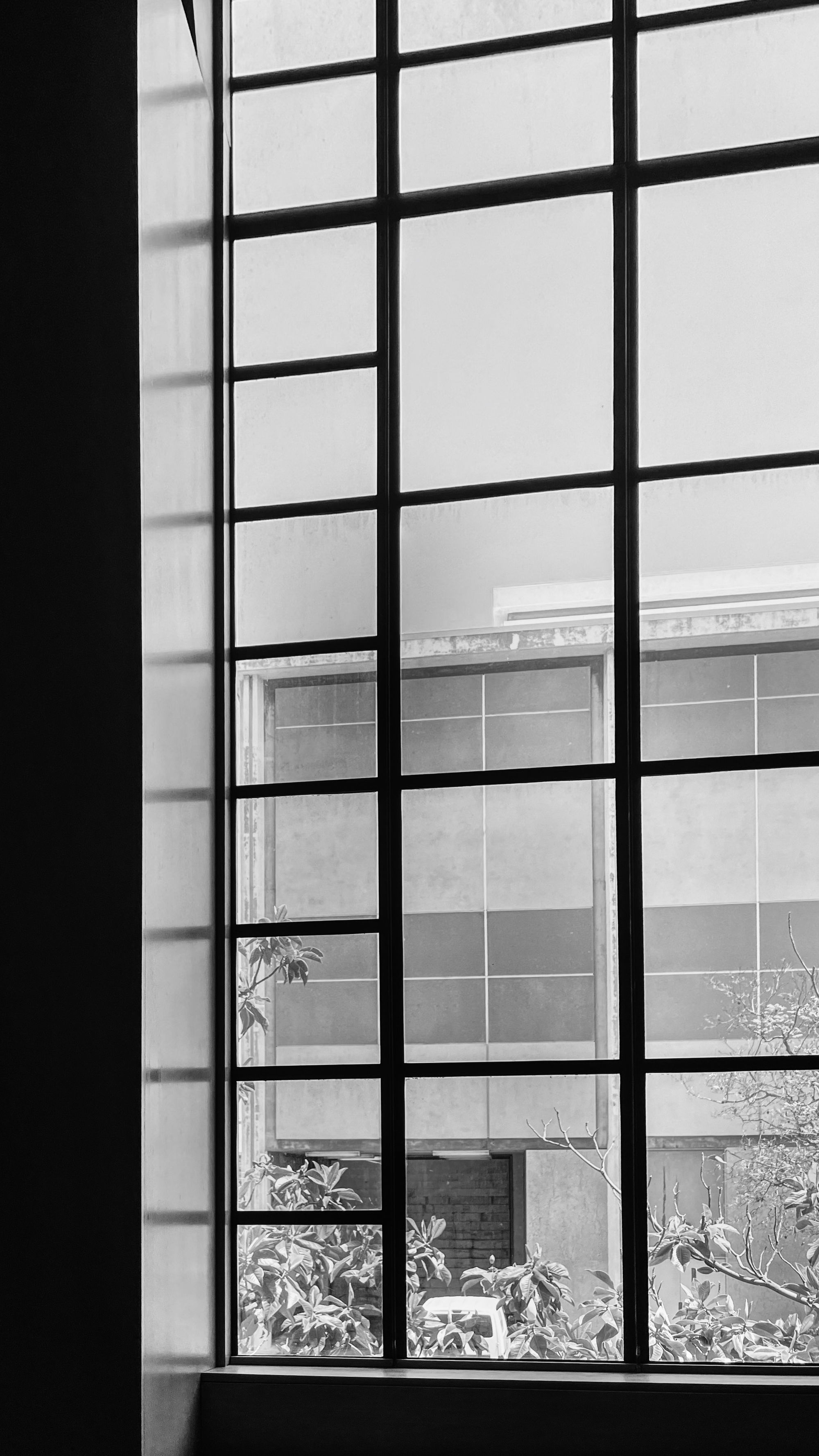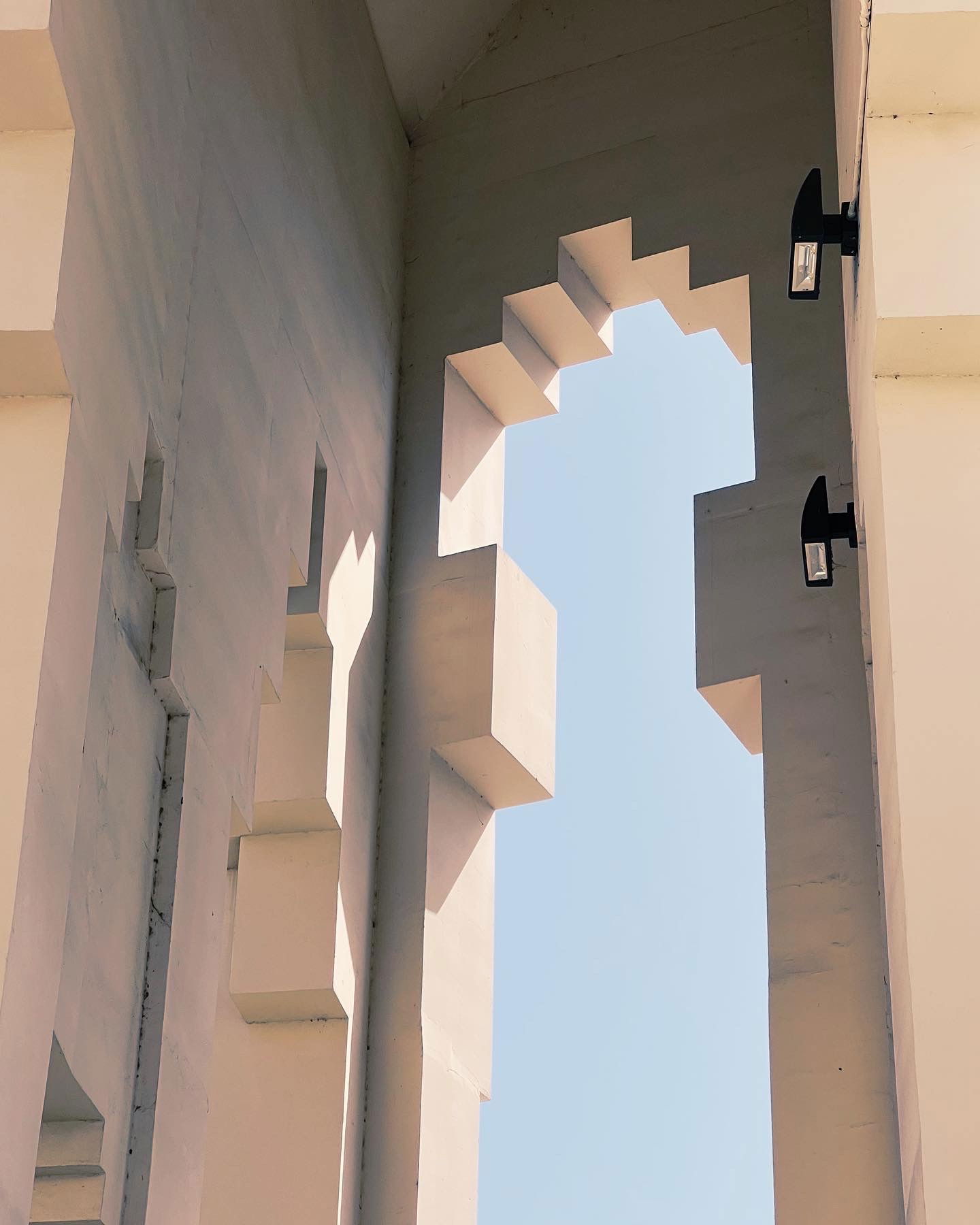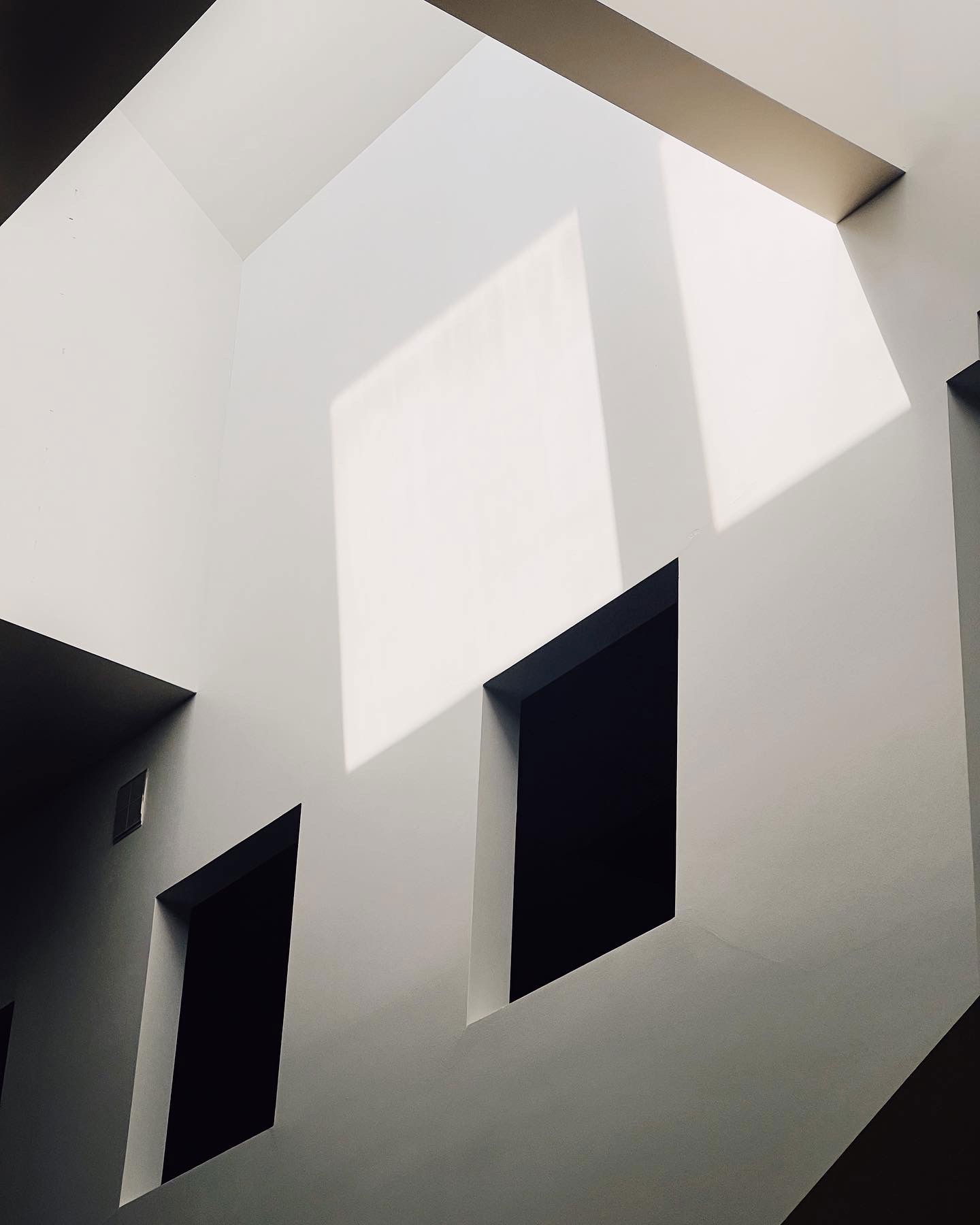Gabriella Kirikian - Thursday May 19th
For Thursday, May 19th we read Michael Allan’s “Deserted Histories: The Lumière Brothers, the Pyramids and Early Film Form,” Philip Rosen’s and “Disjunction and Ideology in a Preclassical Film: A Policeman’s Tour of the World”. In the LACMA catalog for the Paris: City of Cinema exhibition, Vanessa Schwartz describes the relationship between transportation and visual media. The relationship between the train’s speed and the landscape created a panoramic vision in which the train itself becomes an apparatus. In other words, the riders of the train looking through the frame of the train windows enacts a cinematic experience of itself.
It reminded me of a concept I learned about in a high school photography class called Frame within a Frame in which the photographer places things within the composition (typically things like windows, caves, shadows, doors, props, etc.) that are used to frame the main subject of the photo (example: fig. 1). I went to a library to work on today’s readings and was captivated by the way light was moving around the indoor space, but also the architecture so I took some photos through frames I don’t typically pay attention to every day. This idea in photography shows the power of composition and framing. I couldn’t help but think about the concept of a Frame within a Frame in the sense of cinema. I saw a connection between the idea of “Le monde entier” and “la conquête du Cinématographe Lumière” in how the artist has some level of control over the audience’s perception.
The power of the frame can be seen especially in Tour du Monde d’un Policier (1906), as it shows that framing has the power to shift the narrative. Frankly, films contain catered images with the goal of communicating a message or vision. There are choices in what goes in the frame and the positioning of the camera. Tour du Monde d’un Policier combines actuality footage and fictional narrative in a way that Philip Rosen describes to exemplify certain textual pressures on pre-classical film, before its definitive transition to classicism. As Tour du Monde d’un Policier challenges or complicates the pre-classical distinction between interior and exterior shots, and actuality vs. fiction shots through its use of framing. Schwartz talked about the souvenir illustration, Exposition Universelle de
1900, Paris capitale du monde civilisé (c. 1900). She mentions the figures are dressed “unambiguously” and rather “didactically”. I think that the representation of other cultures in a presentational mode again shows how framing can blend the line between fiction and reality.
This also reminded me of David Roberts' lithographs of his travels from London, to Egypt in 1838 that were mentioned in the Michael Allan reading. He talked about how reality stands in relation to historical scenes described in scripture rather than geographic and spatial terms which is why his souvenir prints were a bit idealized (as they contained placed objects or people in frame). However, the reading points out that the goal of Roberts was not spatial realism due to his references being sacred writings rather than an observable world. The readings briefly talked about the potential impact on audience perception as Rosen talks of "ideological ramifications of introducing a fictional world and characters into the actuality context".
Questions:
- What are ways framing and composition can reveal truths?
- What are ways framing can manipulate a narrative?
- Bazin claimed that “photography does not create eternity”(165). Do you agree?
Some Frame within a Frame photos I took at the library:)


It reminded me of a concept I learned about in a high school photography class called Frame within a Frame in which the photographer places things within the composition (typically things like windows, caves, shadows, doors, props, etc.) that are used to frame the main subject of the photo (example: fig. 1). I went to a library to work on today’s readings and was captivated by the way light was moving around the indoor space, but also the architecture so I took some photos through frames I don’t typically pay attention to every day. This idea in photography shows the power of composition and framing. I couldn’t help but think about the concept of a Frame within a Frame in the sense of cinema. I saw a connection between the idea of “Le monde entier” and “la conquête du Cinématographe Lumière” in how the artist has some level of control over the audience’s perception.
The power of the frame can be seen especially in Tour du Monde d’un Policier (1906), as it shows that framing has the power to shift the narrative. Frankly, films contain catered images with the goal of communicating a message or vision. There are choices in what goes in the frame and the positioning of the camera. Tour du Monde d’un Policier combines actuality footage and fictional narrative in a way that Philip Rosen describes to exemplify certain textual pressures on pre-classical film, before its definitive transition to classicism. As Tour du Monde d’un Policier challenges or complicates the pre-classical distinction between interior and exterior shots, and actuality vs. fiction shots through its use of framing. Schwartz talked about the souvenir illustration, Exposition Universelle de
1900, Paris capitale du monde civilisé (c. 1900). She mentions the figures are dressed “unambiguously” and rather “didactically”. I think that the representation of other cultures in a presentational mode again shows how framing can blend the line between fiction and reality.
This also reminded me of David Roberts' lithographs of his travels from London, to Egypt in 1838 that were mentioned in the Michael Allan reading. He talked about how reality stands in relation to historical scenes described in scripture rather than geographic and spatial terms which is why his souvenir prints were a bit idealized (as they contained placed objects or people in frame). However, the reading points out that the goal of Roberts was not spatial realism due to his references being sacred writings rather than an observable world. The readings briefly talked about the potential impact on audience perception as Rosen talks of "ideological ramifications of introducing a fictional world and characters into the actuality context".
Questions:
- What are ways framing and composition can reveal truths?
- What are ways framing can manipulate a narrative?
- Bazin claimed that “photography does not create eternity”(165). Do you agree?
Some Frame within a Frame photos I took at the library:)


